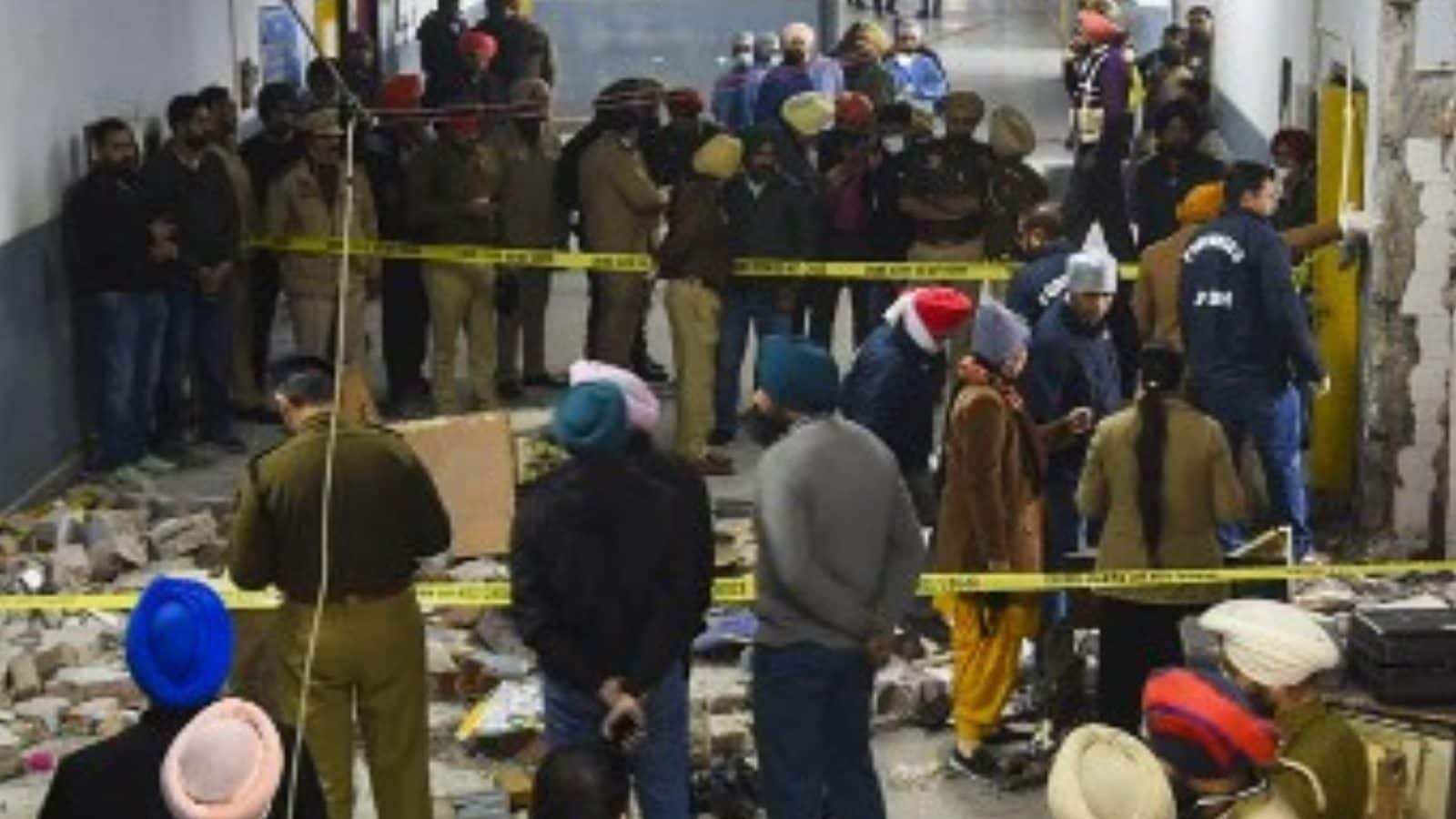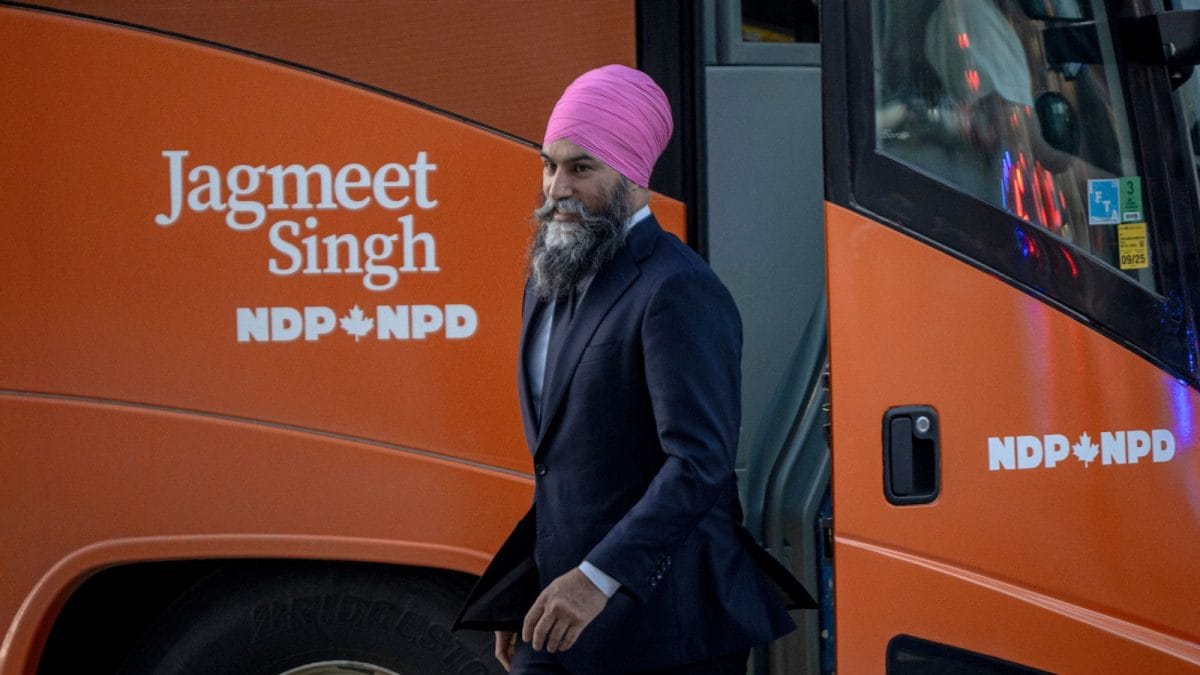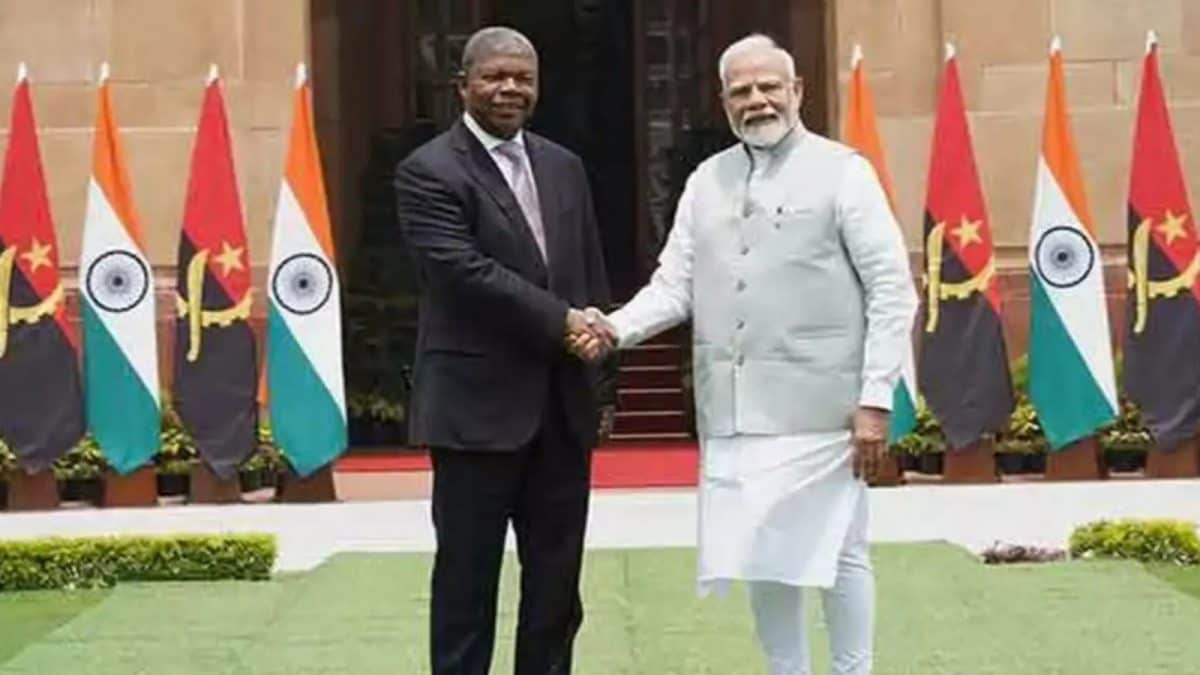Punjab is Being Set on Fire and Everyone is Walking into the Blaze with Eyes Wide Open

Recent events in Punjab bring back memories of a conversation in the mid 2000s with an editor of a hard line right-wing Pakistani newspaper published from Lahore. I am not sure if I can go so far as to call this editor a friend, but we were able to talk very frankly with each other. During the course of our conversation, he suddenly asked me about the state of the Khalistani movement in Punjab. This was surprising because the back of the Khalistanis had been broken by the mid 1990s. The dark days of terrorism in Punjab were a distant memory at the time I was talking to the Pakistani editor. The remnants of the Khalistanis had been reduced to the fringe of the fringe.
I asked him where this question came from. He replied that this is exactly what he had heard from a friend of his in the ISI who told him that while Pakistan was trying hard to revive the movement, they were getting no traction at all. But the editor cautioned that the ISI was not dumping the Khalistan card, only putting it on a backburner. They would keep at it and hopefully it would find some resonance in the future.
It was around that time when the first indications started emerging about Germany becoming another hub for the Khalistanis. But since the movement was all but dead in India, and Khalistanis in the UK, Canada and the US had slinked back into their holes, the focus of attention in India seemed to have shifted away from them. The Khalistani terrorism was seen as a bad nightmare which had passed, and was therefore best forgotten. This was clearly a blunder because a decade-and-a-half later, intimations of another nightmare unfolding in Punjab are upon us.
Indications that things were slowly but surely slipping have been there for nearly a decade. The Khalistani elements had started to reassert themselves in the West. They had started to capture gurdwaras and were openly hobnobbing with the Pakistanis. In Canada, Pakistani diplomats were openly addressing Khalistanis in gurdwaras. In the UK, bans on some Khalistani outfits had been lifted. The propaganda campaigns of Khalistanis being run from abroad using social media and other online platforms were being unleashed. Politicians in the UK and Canada were stoking the fires and lending their support to the Khalistani terrorists. Inside Punjab, target killings made a comeback. A top RSS leader was assassinated. Other Hindu and Sikh leaders and activists associated with the BJP, the RSS and other Hindu organisations were killed. There were reports of gurdwaras becoming hotbeds of anti-state activity. There was an edge of stridency in political rhetoric around Panthic issues, particularly after the clearly orchestrated incidents of Beadbi (sacrilege).
While the ground was being readied by India’s enemies for setting Punjab on fire, the Indian political class was dumbing it down by insinuating, even alleging, that these incidents were nothing but electoral stunts. Even after the Ludhiana court bombing, similar assertions were made by not just the ruling party, but also the main challenger and the erstwhile ruling party. What these geniuses didn’t realise is that election time is ideal for agent provocateurs to do their thing. Wittingly or otherwise, politicians play into the hands of these miscreants and recreants. Instead of taking a stand against actual perpetrators — there is nothing more than a pro forma condemnation but without naming the main culprits and ideology that is behind these acts of incitement and violence — they are busy accusing each other.
Prosperous to Debt-ridden
The tragedy of Punjab is that the state is walking into a disaster with its eyes wide open. Everyone can see what is happening, but they are either too lazy, or too blasé to do anything about it. What the enemies of India are doing, or trying to do, is being aided in large measure by our own failures — political, economic, governance — in Punjab. The politics of the state is a mess.
There is a ruling party which is riven by infighting. Its provincial president is someone who has stoked the fires by latching on to a conspiracy by elements linked to Pakistan to further his own political career. Worse, for the Pakistanis he is someone who can be exploited to further their agenda. He advocates opening borders for trade with Pakistan even though his own ‘elder brother’ Imran Khan shut down all trade between the two countries. While both ‘brothers’ are vacuous and full of themselves, the grating garrulity and cringe-worthy bombast of the younger ‘brother’ will visit the same disaster on Punjab that the elder brother has on Pakistan.
The main challenger is a party which is again tall on talk but has flirted with dubious, anarchist and separatist elements and given them a chance to enter mainstream politics. The erstwhile ruling party is a kleptocracy of the worst kind. In its ten years in power, it ran Punjab to the ground. Its former alliance partner saw this happen but went along without ever objecting to the plunder that was making Punjab an economic and cultural wasteland. What was once one of the most progressive and prosperous states in the Indian Union, is today a shadow of itself, left behind in the race of development. The economy of the state is in a mess. It is among the most indebted, and perhaps also the most corrupt, state in the country.
An industrious and innovative people are today in the throes of a toxic culture which is reflected in the music. Where once music was about uplifting things, it is today suffused with toxic masculinity in which dope, guns, violence are glorified. An entire generation has been destroyed by the narcotics epidemic which is probably the most lucrative industry in the state, one in which not just politicians, but also cops, bureaucrats, businessmen, pharmacies partake. The people are meanwhile voting with their feet because they see no future for themselves or their children in the state. One of the biggest industries in the state is now emigration to the West. There are even programmes on TV channels dedicated to advising people how to emigrate. Networks of human smuggling are raking in the moolah by sending out those who cannot take legal channels to migrate to the West.
The state has one of the largest police forces but very little policing. A small state like Punjab has nearly two dozen police districts and half-a-dozen ranges. The nexus of criminal gangs, traffickers and terrorists, all being run and orchestrated from across the border, has only strengthened over the years. Narcotics is today the currency of terrorism. One doesn’t need to be a rocket scientist to figure this out. And yet, the narcotics trade is flourishing. There is no way that the problem of terrorism will ever be sorted out without first dismantling the narco-infrastructure in the state. But with everyone either involved or too scared to move against these criminals, perhaps this is asking for the moon.
Appeasement Never Ends Well
It is against this background that the current events in Punjab need to be seen. The Pakistanis showed uncharacteristic patience to prepare the ground for resurrecting the Khalistan movement. Now they are shifting gears while we are still in the mode of political point-scoring against each other. The way the Khalistanis inserted themselves into the farmers’ protest should have been a wake-up call. Even more important alarm bells should have started ringing when the Pakistanis under the fascist hybrid regime of which the ‘elder brother’ is the figurehead leader proposed the Kartarpur corridor. But we walked into this trap with our eyes open because for some strange reason religious appeasement – free pilgrimage is now an electoral sop – is a thing in Indian politics.
The Pakistanis saw Kartarpur as a strategic project and approved it as such, and yet we refused to see their game-plan. Or we thought we were being cleverer than them? Similarly, just when the Khalistanis had started becoming active in the West, we removed many of them from the blacklists and allowed them entry into India. While this was done in good faith, the presumption that Khalistan was vanquished, dead and gone and it had no resonance left was clearly wrong. Appeasement of terrorists, separatists and criminals never ends well and we will learn this the hard way in the months and years ahead.
For over a 100 years, a concerted campaign first by the British colonialists and later by the Pakistanis to drive a wedge between Sikhs and Hindus has been underway. Two communities cut from the same cloth, from the same womb, are being torn apart. But there has been no sustained counter-narrative to debunk the separatist or exclusivist narrative that Khalistanis and their Pakistani masters have been peddling. Quite to the contrary, we have an education minister who takes pride in the fact that he didn’t change a single comma in the toxic, leftist curriculum that is being taught to Indian kids in Indian schools, making them hate their own country and culture and raising a generation of deracinated Indians.
The wages of our acts of omission and commission will be paid in Punjab. But we are only worried about the next election. Brace yourself for what will follow from that.
Sushant Sareen is Senior Fellow, Observer Research Foundation. The views expressed in this article are those of the author and do not represent the stand of this publication.
Read all the Latest News, Breaking News and Coronavirus News here.
Source link






